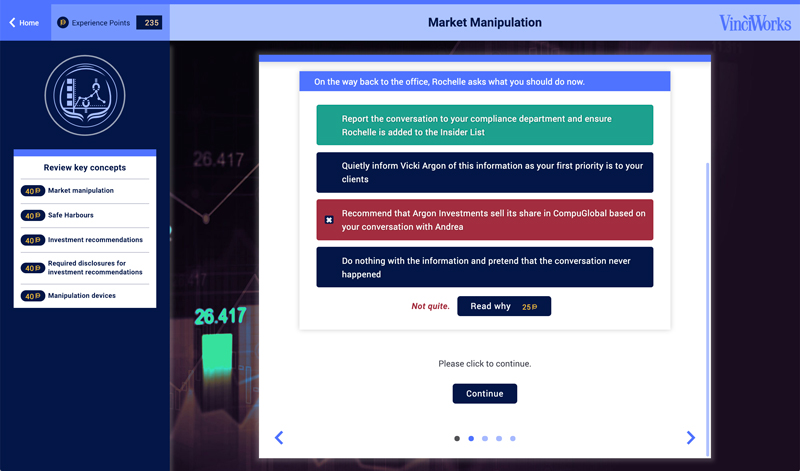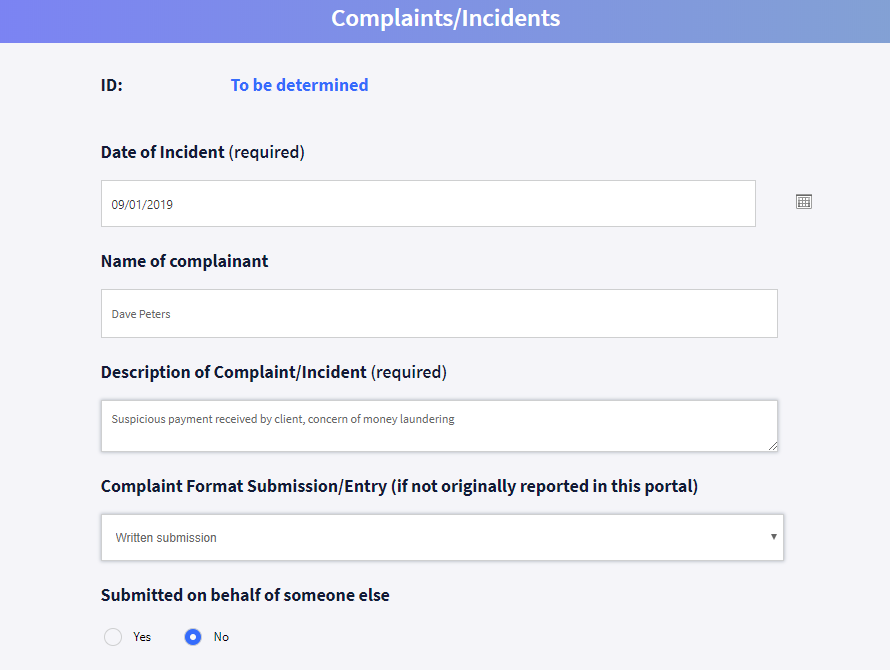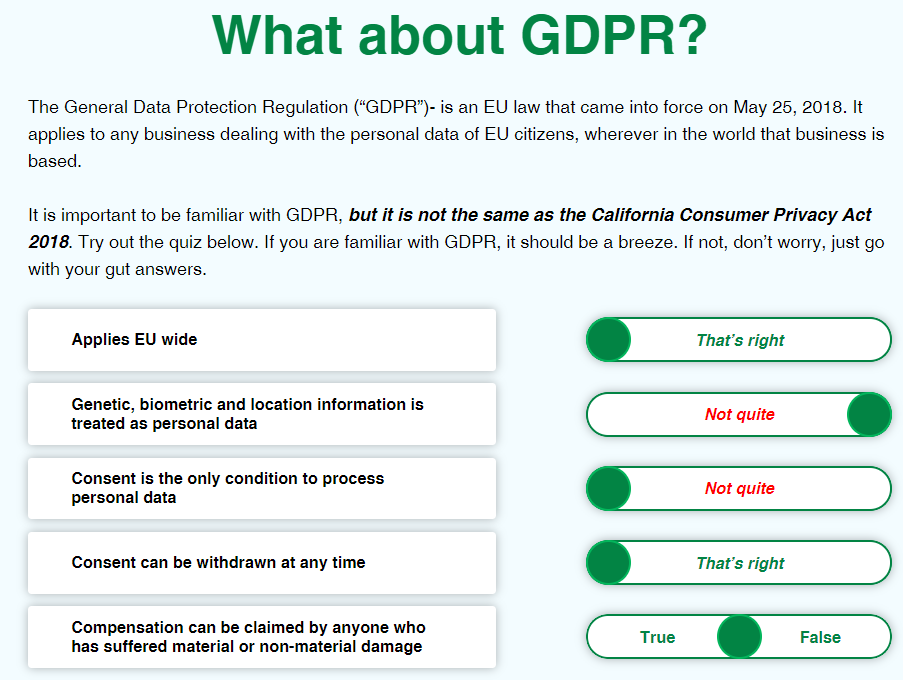What is The Health and Safety at Work Act?

The Health and Safety at Work Act 1974 is arguably one of the most definitive pieces of workplace legislation in the UK. But what does it do? Why is it so important? And who does it apply to? Since the burgeoning days of the industrial revolution, health and safety law had played a vital role […]
Insider trading and inside information policy template

What is considered inside information? All non-public precise information relating to your company, which, if made public, would be likely to have a significant effect on the price of financial instruments relating to your company is considered to be inside information. The existence of inside information must always be reported as soon as possible to […]
Company Fined for Breaching Work at Height Regulations
A ground maintenance business based near Glasgow and a subcontractor have been fined £3,300 for conducting unsafe work at height, highlighting the importance of proper training and control measures. Inex Works Civils Limited and subcontractor Colin Martin pleaded guilty to breaching work at height regulations during the incident in January 2017. Workers were observed carrying […]
Anti-money laundering portal with Omnitrack

In October, it was revealed that banker Howard Wilkinson blew the whistle on Danske Bank in 2013, beginning a five year investigation on the bank. The concerns raised by Wilkinson helped uncover an alarming €200 billion in suspicious payments being made through Danske’s Estonian branch between 2007 and 2015. The scandal, representing money laundering on […]
Asbestos in the News – and the Importance of Risk Assessments
A school in Aberdeen was recently criticised for their poor response to the discovery of asbestos in their building. What could have been done differently? And how could the school have handled the asbestos incident more effectively? Asbestos in the school building During work to move a doorway, an apprentice joiner removed a board using […]
The Biggest Data Breaches in 2018 – and what they Teach us about Data Security
Every week we get news of another massive data breach. While some commentators are suggesting that this is the new normal, and that data leaks and hacks are an inevitable part of our connected world, it’s worth looking at the largest data breaches to see what they have in common – and what they can […]
Cyber security breaches register with Omnitrack

Businesses large and small are continuing to have sensitive data held at ransom and suffer from cyber security breaches. As a result, millions of individuals’ personal data has been compromised, costing businesses billions. For example, 50 million Facebook user accounts were compromised, FIFA documents were leaked, pointing to serious corruption, and around 380,000 British Airways transactions were breached. […]
Whitepaper: The California Consumer Privacy Act

California Bill No. 375, also known as the California Consumer Privacy Act, was approved and passed on the 28th of June 2018. While it won’t come into effect until January 1st, 2020, it is necessary for all organizations involved to have a comprehensive understanding of the law’s requirements and what is expected of them. The Act […]
Hand Arm Vibration and How to Protect your Workers from HAVS
Using powerful, vibrating tools can lead to several short-term and long-term health issues – some of which can be irreversible. If your colleagues are exposed to vibration risks, it’s essential that your company has a plan for protecting colleagues. Before we look at ways to minimise the risk of hand arm vibration syndrome (HAVS), let’s […]
What should be on your compliance agenda in 2019?

This time last year, GDPR dominated the compliance agenda for 2018. Like many promised cliff edges, the data protection ravine many feared business would collapse into didn’t quite materialise. While some websites are still blocking users from the EU due to alleged ‘GDPR’ issues, the shift to a new data protection regime seemed to go […]






